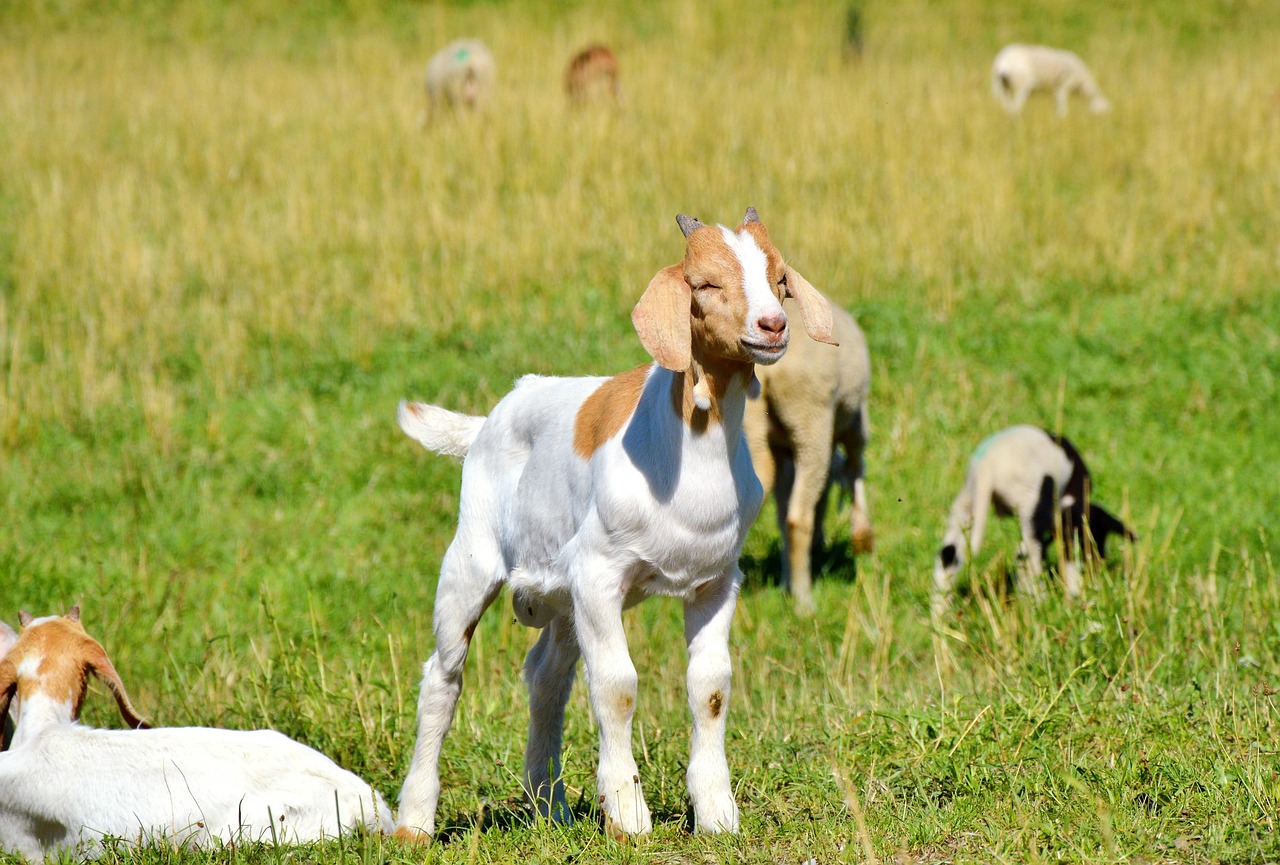Title: Translating Biological Animal Terms into English
In the realm of biology, the translation of animal terms from one language to another requires precision and accuracy to convey scientific meanings effectively. Here, we delve into the intricacies of translating biological animal terms into English, ensuring clarity and consistency in scientific communication.
Taxonomic Nomenclature:

Taxonomic nomenclature, the system of naming organisms, follows Latin conventions. Each species is identified by a binomial name comprising the genus and species epithet. For example, "Canis lupus" refers to the gray wolf. When translating, maintain the Latin binomial name, as it remains universal across languages.
Common Names:
Common names vary across regions and languages, leading to confusion. In translating common names into English, prioritize established English names or create new ones following English linguistic conventions. For instance, "Panda" for "熊猫 (Xióngmāo)" and "Giant Panda" for "大熊猫 (Dà xióngmāo)" maintain clarity and consistency.
Biological Processes:
When translating biological processes involving animals, maintain scientific accuracy. For instance, "呼吸 (Hūxī)" translates to "Respiration," encompassing inhalation and exhalation. "消化 (Xiāohuà)" translates to "Digestion," the process of breaking down food for absorption.
Anatomical Terms:
Anatomical terms require precise translation to avoid ambiguity. For example, "心脏 (Xīnzàng)" translates to "Heart," referring to the organ responsible for pumping blood. "肝脏 (Gānzàng)" translates to "Liver," crucial for metabolism and detoxification.
Behavioral Characteristics:
Translating behavioral characteristics involves capturing nuances. For instance, "迁徙 (Qiānxǐ)" translates to "Migration," the seasonal movement of animals. "社会性 (Shèhuìxìng)" translates to "Sociality," describing animals' tendency to form social groups.
Conservation Terms:
Conservation terms emphasize the protection of species and habitats. "保护 (Bǎohù)" translates to "Conservation," involving efforts to preserve biodiversity. "濒危物种 (Bīnwēi wùzhǒng)" translates to "Endangered Species," highlighting species at risk of extinction.
Ethical Considerations:
In translating animalrelated content, consider ethical implications. "动物实验 (Dòngwù shíyàn)" translates to "Animal Experimentation," a contentious practice requiring ethical oversight. "动物权益 (Dòngwù quányì)" translates to "Animal Rights," advocating for the ethical treatment of animals.
Conclusion:
Translating biological animal terms into English requires attention to scientific accuracy, linguistic conventions, and ethical considerations. By adhering to established conventions and ensuring clarity, translators facilitate effective communication in the field of biology. Whether conveying taxonomic classifications, anatomical structures, or conservation efforts, precise translation plays a crucial role in advancing scientific understanding and conservation efforts worldwide.












评论